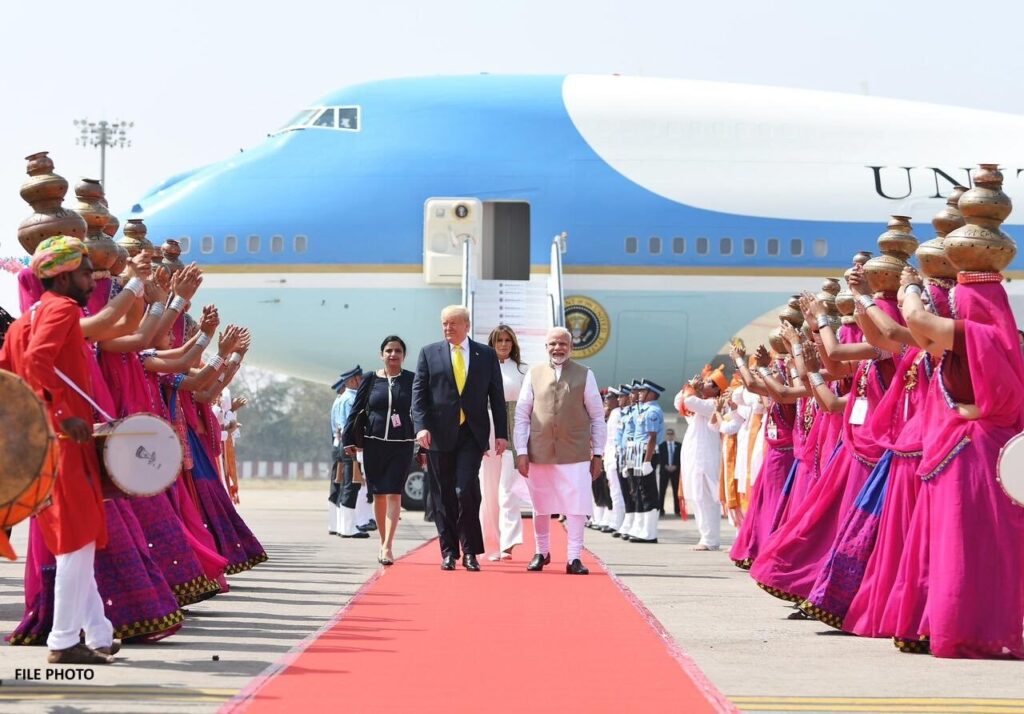
The just-concluded U.S. election was a dramatic showdown in more ways than one, leaving observers on edge as both a Republican and a Democratic win seemed equally plausible. Ultimately, Donald Trump clinched an unexpectedly decisive victory, securing both the popular vote and an Electoral College majority. Trump’s return to the White House created history since he is the first U.S. president in over a century to win a non-consecutive term after losing re-election. With this, the first wave of uncertainty around what U.S. leadership would look like has receded. Yet a second wave looms: what recalibrations and shifts does Trump’s return to power imply for U.S. domestic and foreign policy? This question reverberates across America’s allies and partners as well as global institutions, with economic markets reacting bullishly to Trump’s victory while media and foreign policy experts engaging in doom and gloom analysis.
In most post-election analyses, the driving force behind Trump’s resurgence appears clear—everyday Americans’ mounting frustration with the economic situation and rising inflation. These economic anxieties overshadowed Vice President Kamala Harris’ appeals of social progress. Voters leaned toward Trump, who was perceived as an “outsider” capable of tackling the entrenched establishment.
Domestically, Trump’s success underscores a rising preference for anti-establishment figures in the United States, as seen even with the popularity of Elon Musk and Robert F. Kennedy Jr, embodying a broader American appetite for change from the political mainstream. Ideologically, Trump seeks a lasting legacy, aiming to shape the Republican Party’s agenda and future outlook. His vice-presidential pick of J.D. Vance, a younger and rising conservative, signals his intent to influence future Republican leadership as he enters office as a potential one-term lame duck president.
However, this political change in the United States is likely to be most significant for the country’s foreign policy, with its repercussions likely to reverberate from the trans-Atlantic region to the Indo-Pacific in different ways. Asia could emerge as a strong policy focus for Trump 2.0, especially as he has promised to end the United States’ ongoing indirect combat engagements in the Middle East and Europe. Capitals around the world, especially Beijing and New Delhi, will also be watching to see if Trump’s rhetoric on issues like immigration and tariffs may soften as he shifts from campaign mode to governance.
Both for its emerging energy reorientation towards Asia as well as its strategic repositioning to ensure a favorable balance of power, India remains an important partner for the United States in the region.
The Indo-Pacific Prize: Markets and Partnerships
The Indo-Pacific is expected to remain a key region of interest for the Trump administration, given its ongoing strategic and economic significance to the United States, though with a potentially different approach. Competition with China will continue to be central to U.S. strategic and trade interests in Asia and the Trump administration is likely to recalibrate its trade engagements with South and Southeast Asia to expand its influence in the region. With a renewed emphasis on expanding domestic energy production through “frack, frack, frack” and “drill, baby, drill” policies, there will be a strong U.S. demand for new energy markets. Although Europe, with its energy shortfalls, is positioned as the primary absorber of U.S. energy exports, a portion of this output is also expected to reach Asian markets. The high level of U.S. energy exports to India underscores the potential for even greater energy engagement across Asia.
Both for its emerging energy reorientation towards Asia as well as its strategic repositioning to ensure a favorable balance of power, India remains an important partner for the United States in the region. India was among the first countries to reach out to Trump post-election, with Prime Minister Narendra Modi congratulating him on his victory and raising hopes of making the U.S.-India relationship stronger. This interaction, while routine in diplomatic terms, highlights the unique importance India gives to its bilateral with Washington and their partnership’s shared interests in South Asia and the Indo-Pacific. The strong institutionalization of U.S.-India ties—such as through the 2+2 Ministerial Dialogue, India’s Major Defense Partner status, and the four strategic agreements, including real-time intelligence sharing in the Indo-Pacific—form a resilient bedrock upon which an expanded relationship can be built.
Trump’s Approach towards the Indo-Pacific
While the Indo-Pacific will continue to receive attention in U.S. policy circles, the approach under Trump may be two-pronged. In the Pacific, informed by great power competition with China, Trump might continue the Biden administration’s push for a more assertive U.S. security presence. This would entail bolstered support for allies like Japan, Australia, South Korea, and the Philippines to push back against Chinese regional ambitions. India’s shedding of its erstwhile reluctance to engage with countries in the South China Sea (SCS) and its increasingly clear position in SCS disputes may create broader space for cooperation with Washington, at least on regional principles if not operational activities. This may carve a greater role for India’s engagements eastwards. However, Trump may exercise caution on Taiwan, opting to avoid unnecessary provocation given his inclination not to pull the United into strategic commitments on another front and preferring an economic confrontation with China instead. A real litmus test for Trump’s Taiwan stance will be if the Taiwan Policy Act of 2022 proceeds towards becoming a law in Congress.
Whereas in the Indian Ocean, the Trump administration’s engagement would primarily rely on reinforcing supply chains, connectivity, and technology collaboration, particularly with India, to counterbalance Chinese economic influence in the region. This would also involve other regional partners like Australia and Japan, bilaterally as well as through the Quad format, and is likely to compliment the security-oriented approach in the Pacific. If Trump is indeed able to bring temporary peace in the Middle East, it will be interesting to see if there is an attempt to integrate the supply and value chains in the Indo-Pacific with that of the Middle East – specifically by galvanizing the I2U2 and the India-Middle East Europe Economic Corridor connectivity projects. However, the extent of Trump’s Middle East embrace is likely to be dictated by his approach to Iran. His administration may reconsider enacting sanctions on Tehran, which could impact China’s energy imports from the country, a move with significant implications for regional power balance and energy dynamics.

India and South Asia
In South Asia, Trump is likely to continue his previous term’s selective focus on a few countries, prioritizing strategic partnership with India while maintaining a reserved stance on Pakistan. This approach reflects diminished U.S. interest in Pakistan post its Afghanistan withdrawal in 2021 and a pivot toward nations that align more closely with its Indo-Pacific vision. However, limited U.S. engagement with Pakistan might continue under the Trump administration to forestall growing Chinese influence and concerns of instability due to its economic situation and weakened democracy.
In the Pacific, informed by great power competition with China, Trump might continue the Biden administration’s push for a more assertive U.S. security presence.[…] Whereas in the Indian Ocean, the Trump administration’s engagement would primarily rely on reinforcing supply chains, connectivity, and technology collaboration.
With India, Trump’s focus will be on energy, defense, space and technology. In many ways, the roadblocks to U.S.-India ties under the Biden administration, such as concerns on India’s stance vis a vis Russia amidst Western pressure to isolate Moscow and differing views of shared values, will no longer be constraining factors in a Trump administration. U.S. patience with India’s Russia ties is likely to endure, aligning with Trump’s pragmatism on geopolitical alliances. If he indeed succeeds in ending the Russia-Ukraine conflict, as promised, it would only augur well for the U.S.-India relationship. Additionally, greater Indian American support for the Republican party in this election suggests that socially conservative choices may now be seen as shared transnational values between India and the United States.
Overall, Trump’s second term could transform U.S. policy on multiple fronts, from tariffs to alliances. Across Asia and the Indo-Pacific, Trump’s commitment to a “golden age” for America will have an external component as he seeks to enhance U.S. economic and military standing. Perhaps the most challenging component of Trump’s foreign policy will be the balance that his administration seeks between two significant pulls – raising import tariffs to benefit domestically while showcasing strength as an economic partner and security provider abroad. For India, this is a chance to strengthen its economic and defense ties with the United States while maintaining autonomy in its foreign policy.
Also Read: How Would India Respond in a Taiwan Contingency?
***
Image 1: Donald J. Trump via X
Image 2: Narendra Modi via X


